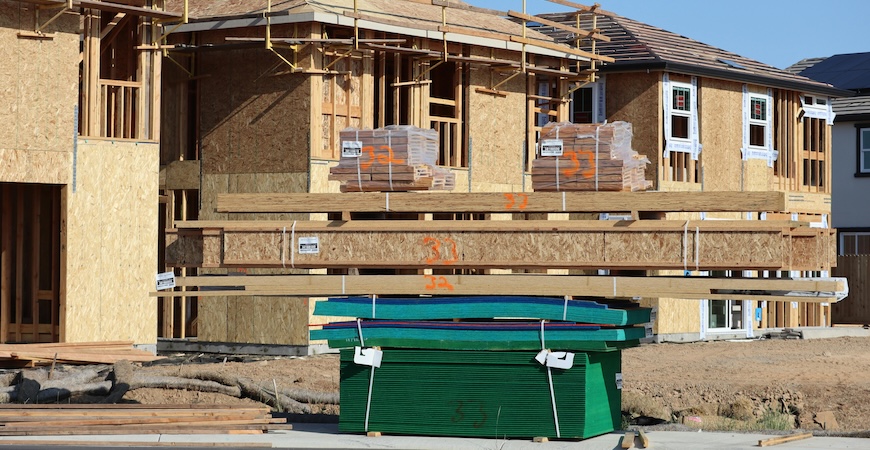As defined by the CDC, health disparities are preventable differences in the burdens of disease, injury, violence, or opportunities. UC Merced researchers across disciplines are addressing health disparities and developing innovative solutions.
There are also opportunties for both undergraduate and graduate students to receive further training in this area of research.
 How are health disparities relevant in the San Joaquin Valley?
How are health disparities relevant in the San Joaquin Valley?
While the 11 counties that comprise the San Joaquin Valley (SJV) and surrounding foothill communities make up the fastest growing region in the state where agriculture, oil and land development generate significant wealth, they also exhibit its highest levels of income disparities and rank poorly on an index of health factors reflecting health/risk behaviors, access to care and physical environment.
This region reports prevalence rates higher than the national average for conditions such as heart disease, diabetes, asthma, overweight/obesity, current smoking and psychological distress.
Across the SJV, differences in disease prevalence and limited or better health disparities in some conditions demonstrate the need to examine both the risks and resilience of individuals, families and communities.
Our region's racial, ethnic and socio-economic diversity provides an opportunity to examine rural health and health disparities as well as disparities within rural communities.

The National Institutes of Health are backing Professor Clarissa Nobile ’s mission to understand the mechanisms by which microbes form biofilms, specifically those that can be hazardous to human...

Mass deportation of California's undocumented residents would open a $275 billion hole in the state's economy, cripple industries ranging from agriculture to hospitality, disrupt countless small...
